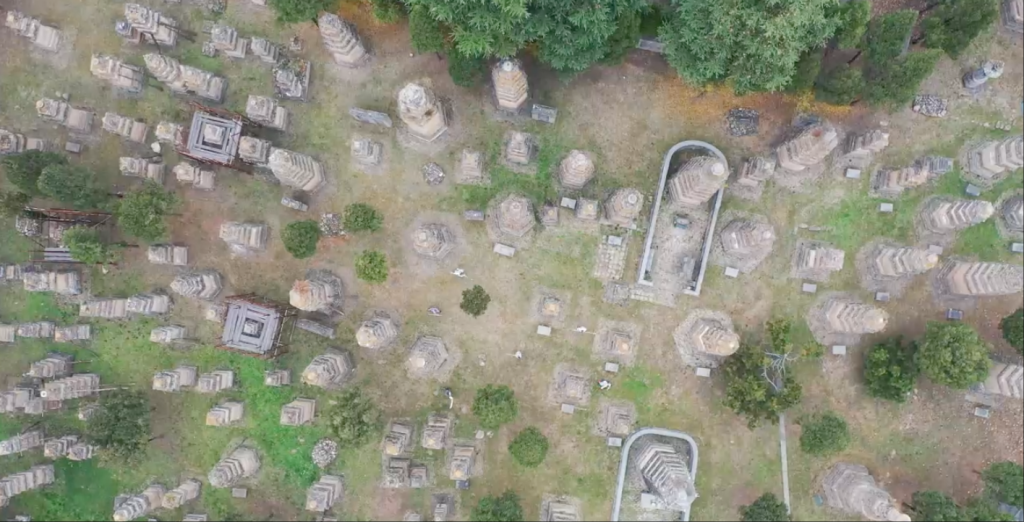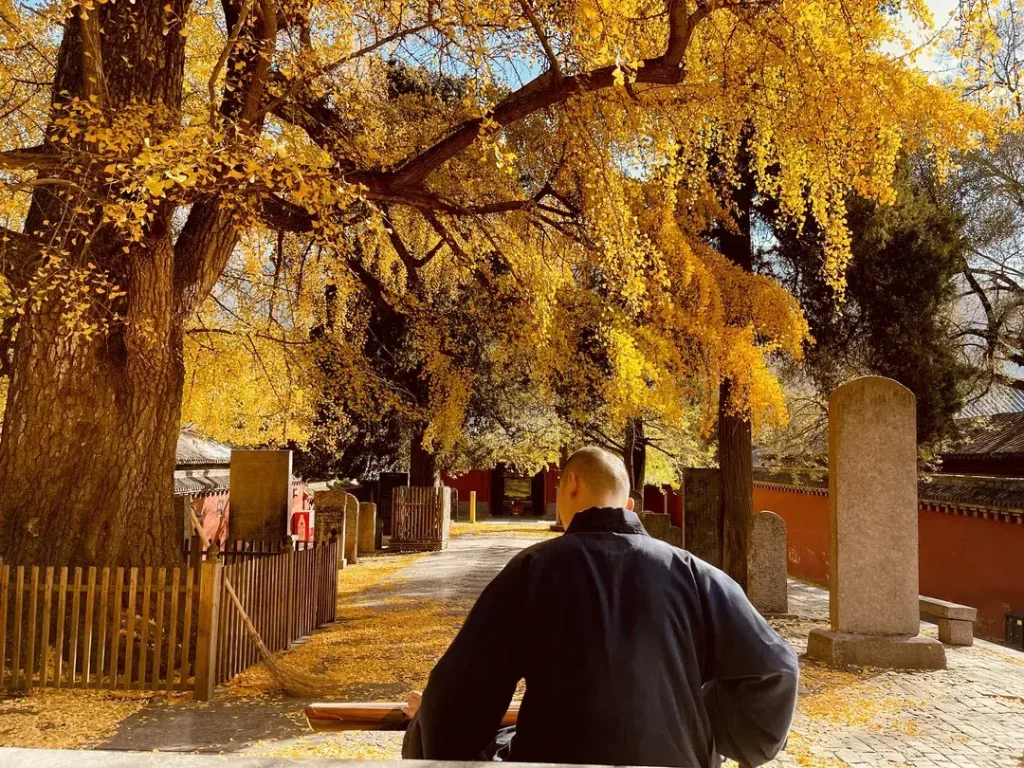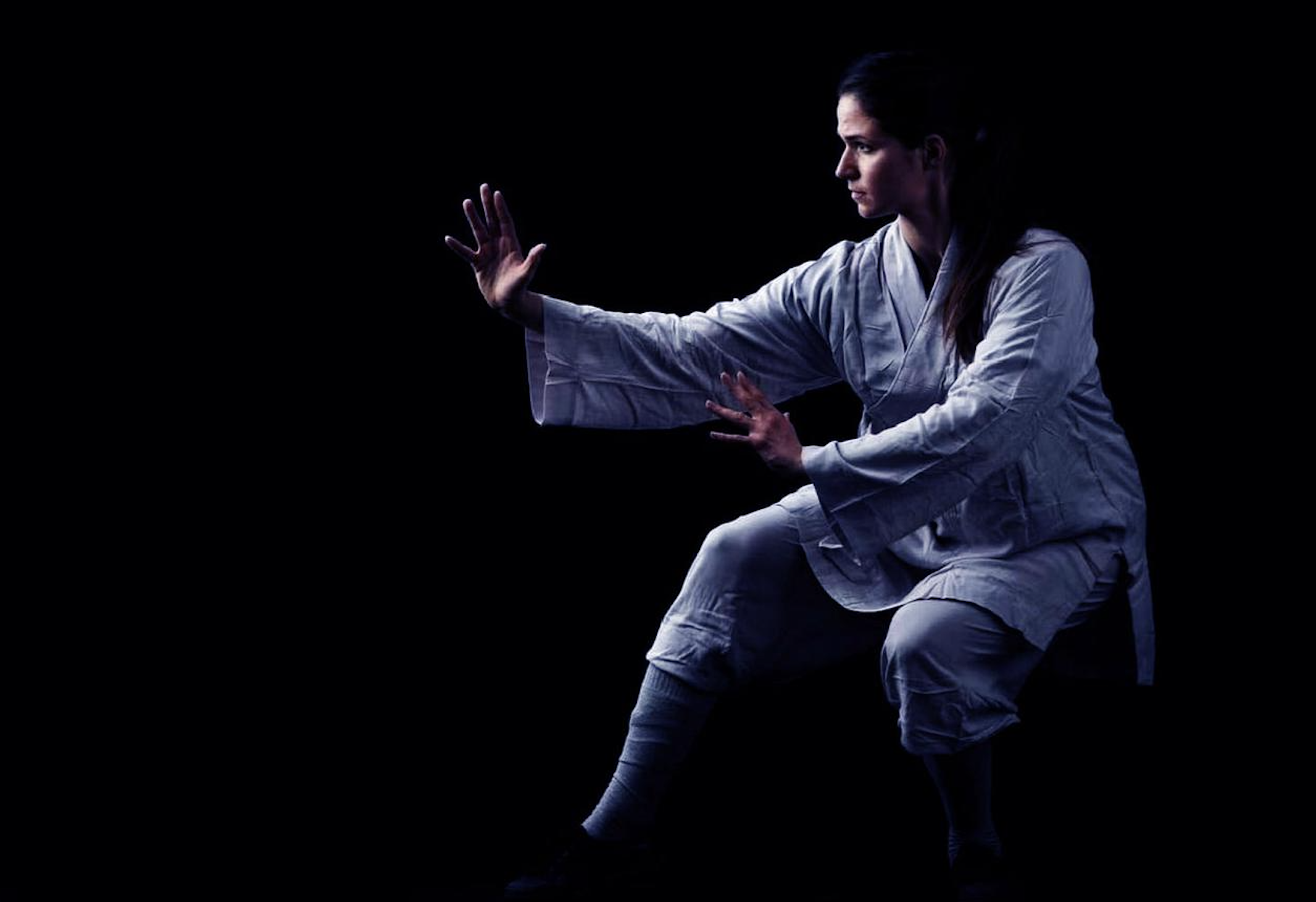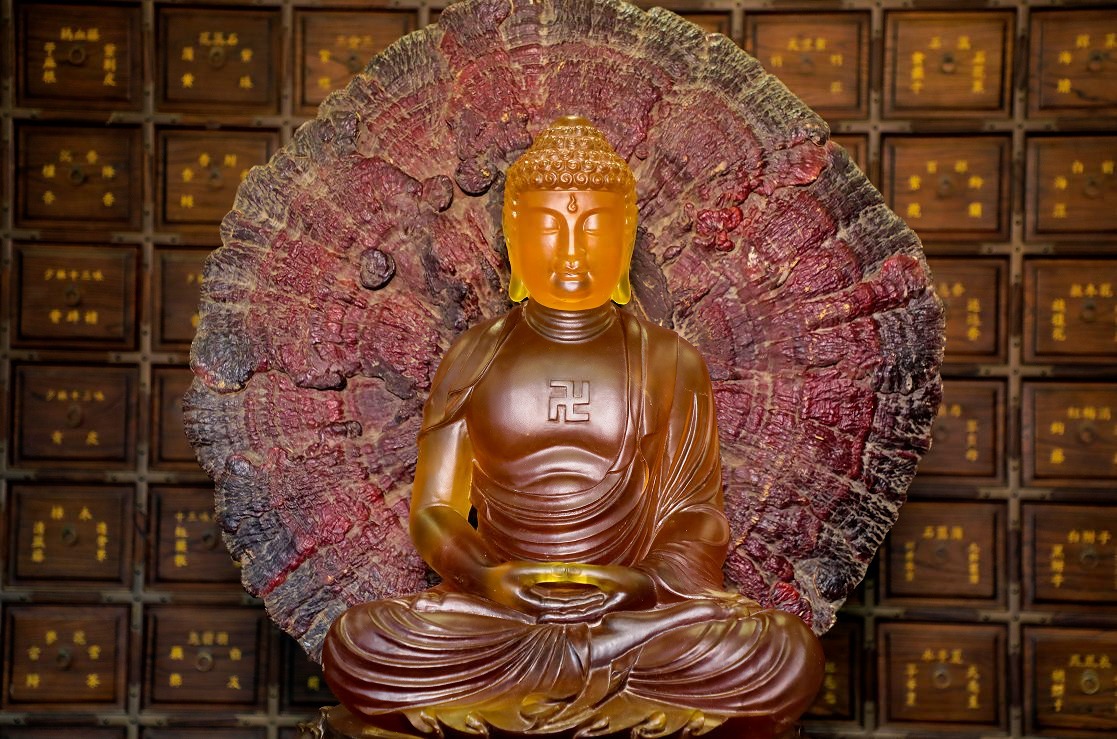“A mountain need not be high; it is famous so long as there is a deity on it. A lake need not be deep; it has supernatural power so long as there is a dragon in it.”
If you ask me when is the best time to walk, observe, and learn at Shaolin, I might smile without giving a direct answer. Instead, I would pour a cup of clear tea and slowly share with you the changes of the four seasons—and the unchanging nature of the human heart.
Nestled within Mount Song, the Shaolin Temple has stood for a thousand years. The morning bells and evening drums echo through the misty clouds. Since ancient times, countless seekers have made their way here, drawn by the promise of inner peace amidst these mountains and forests. As for the best season—weather and scenery may guide you toward spring or autumn, but if you look within, every season offers a path to enlightenment.

Spring: When All Things Awaken, So Does the Heart
When spring arrives, Mount Song gradually turns green, ancient cypresses sprout new life, and birdsong fills the mountain paths. From late March to early May, wildflowers bloom in vibrant colors, and the stone walls of Shaolin take on a serene presence framed by floral shadows.
Visiting in spring calls for a leisurely pace. Strolling along the paths of the Pagoda Forest in the early morning, breathing in the dew-laced air, one’s mind becomes clear and bright. Sit for a while on the stone steps at the mountain gate, listening to the slow tolling of the bell, and you may come to understand the ancient saying: “The landscape shifts with the mind; the mind clarifies with the landscape.”

A Gentle Reminder: Spring in the mountains sees great temperature shifts between day and night. Wear loose, comfortable clothing, and perhaps bring a light shawl. If your heart is still, consider joining a short meditation retreat—walking, sutra copying, breath regulation—to reconnect body and nature.
Daily Practice: Stand for a while beneath the pines outside the Thousand Buddha Hall. Close your eyes, root your feet firmly on the ground, take three deep breaths, and let your breath sink into your lower abdomen. No need for long durations—just seek stillness, and you are already practicing.
Summer: Amidst Cicada Songs, Cultivate Inner Stillness
In summer, though shaded by trees, Shaolin can be hot, with sudden heavy rains not uncommon. July and August bring slippery stone steps, demanding steady steps and patience. Yet it is precisely these conditions that test one’s endurance and composure.
Walking through the Pagoda Forest after rain, the scent of pine needles and earth fills the air, accompanied by the sounds of wind and water. Sometimes, such moments bring more tranquility than sunny days.
A Gentle Reminder: Bring sun protection and rain gear. Keep meals light—opt for tea over alcohol, and eat more fruits and vegetables. The mountain teahouses offer a fine place to pause and sip tea brewed from spring water. Coolness arrives without words.
Daily Practice: Walk slowly under the blazing sun. Inhale as you lift your foot, exhale as you place it down—one breath, one step. Ten steps make a set. The goal is not distance, but stability. Heat is external; stillness is internal cultivation.
Autumn: When the Sky Is Clear and the Heart Gains Insight
If speaking of scenery, autumn is the most enchanting. From September to November, the forests of Mount Song blaze with color, the skies are crisp, and the air is cool and refreshing. The ancient temple walls, framed by fallen leaves, carry an air of timeless weight.
The mountain is neither too cold nor too hot at this time. When the wind rises, it stirs reflection. Standing midway up Shaoshi Mountain and gazing at the sea of clouds and temple rooftops, one might naturally recall the verse: “Form is emptiness.” Should you visit during a temple ceremony, the resonant bells and drums, the unified chanting of monks, will echo long in your heart.

A Gentle Reminder: Dress simply; bring a light jacket for cooler mornings and evenings. During peak times, consider visiting early or staying into the quiet of dusk to avoid the crowds.
Daily Practice: When leaves carpet the ground, find a quiet spot among the pagodas, sit cross-legged, and watch the leaves fall like fleeting thoughts. Human attachments are like leaves—they all return to their roots. Why not let your heart return to its origin as well?

Winter: When All Is Still, the Heart Sees Clearly
In winter, snow blankets the mountain gate, and pines and cypresses stand solemnly. With fewer visitors, the temple exudes a profound serenity. If you come with a true heart for practice, winter is an ideal season. The cold wind is both a trial and a tempering.
The warrior monks of Shaolin intensify their training in winter—from horse stance to Iron Palm techniques—all forged in the chill. If your heart is set, make your way to the First Patriarch’s Hut and listen to the snow fall and the wind blow. A wordless clarity will arise within.

A Gentle Reminder: Bring warm clothing; mountain paths may be icy—wear shoes with good traction. The quiet and solitude make it an excellent time for meditation or retreat. It’s best to contact the temple in advance.
Daily Practice: Try “standing stake” meditation. Stand with feet shoulder-width apart, knees slightly bent, holding an imaginary ball at your chest, and focus your mind on the lower Dan Tian (energy center). No need to stand for long—just seek mental stability. As the cold wind strikes, inner warmth will arise.

The Best Season Is Within Your Heart
In the end, when is the best time to visit Shaolin? If considering climate and scenery, spring and autumn are ideal. But if speaking of spiritual practice, it depends entirely on your heart.
As the ancients said: “Where the heart is at peace, there is home.” If your mind is restless, even blooming flowers may bring irritation. If your heart is calm as still water, even wind and snow can reveal the inner bell.
The truly right time to come is not found on a calendar—it is when your heart is ready to pause, to turn inward, and to speak with itself.
When you stand outside the mountain gate and gaze upon those ancient cypresses weathered by storms, you may suddenly understand: Shaolin is not far away. It is there—in the moment you choose to still your heart.



